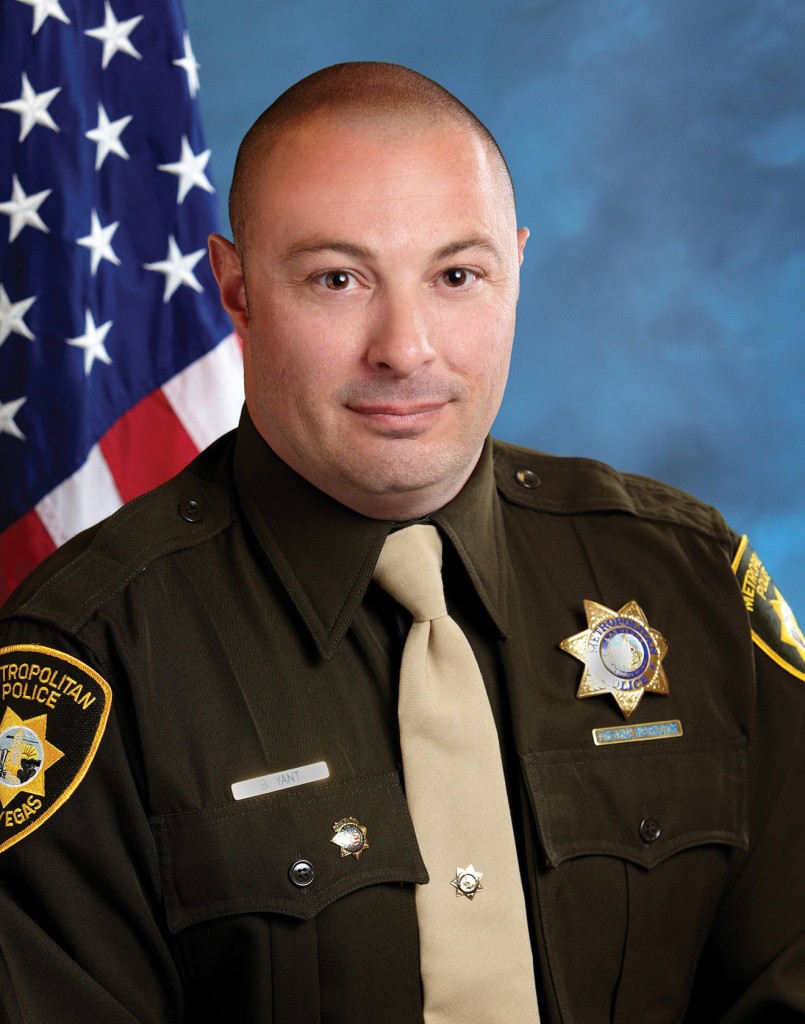 Today cameras are everywhere, recording everything you do and say. These recordings aren’t controlled, and can be manipulated and edited to show what someone wants the viewer to see. So, as officers, why not control the video and document what really occurred on the scene with a body camera so that viewers can get the unedited, unbiased truth? Or is the body camera really going to show that? There are several limitations to body cameras. Just as with any tool, there are pros and cons that you need to be aware of. Understand that body-camera recordings depict visual information, and the human eye and brain are likely to perceive events under stress differently than a camera does. The recording may depict things you did not see or hear, and likewise, you may have seen or heard things not captured by the camera. Due to stress, some of the events may have happened faster than you perceived and absorbed them.
Today cameras are everywhere, recording everything you do and say. These recordings aren’t controlled, and can be manipulated and edited to show what someone wants the viewer to see. So, as officers, why not control the video and document what really occurred on the scene with a body camera so that viewers can get the unedited, unbiased truth? Or is the body camera really going to show that? There are several limitations to body cameras. Just as with any tool, there are pros and cons that you need to be aware of. Understand that body-camera recordings depict visual information, and the human eye and brain are likely to perceive events under stress differently than a camera does. The recording may depict things you did not see or hear, and likewise, you may have seen or heard things not captured by the camera. Due to stress, some of the events may have happened faster than you perceived and absorbed them.
If you were hired after July 1, 2013, you must wear a body camera, if available. All other officers may choose to wear a body camera, unless you test for a new position and in the job announcement it states that by accepting the position you will be required to wear a body camera. LVMPD utilizes the Taser Axon Flex body camera. Some very key information and specs for this camera are that it records at 30 frames per second, has night-enhancing recording modes and has a field of view of 75 degrees. Per LVMPD policy, when an officer has used force, the officer will review the body-camera footage prior to any statements being made. Review your footage several times, take notes and watch it again!
Let’s be real now: Any use of force recorded on video does not look good. From a handcuffing arm lock transitioning to a takedown, to a full-blown shootout between the suspect and officer, the video is going to look shocking. The media and citizens not trained in use of force will see the subject being “slammed to the ground” or “executed” and will not see and understand the entire dynamics of the event they have just watched on the video. The video may not show the subject tensing up and bracing as the officer tries to place them into custody, which resulted in the takedown. The video is played back at full speed, but these cameras record at 30 frames per second. So we can play frame by frame and show every fine detail the camera records.
With a field of view of 75 degrees, the body camera records at a very wide angle, which can result in optical distortion. This is great for recording scenes and documenting everything going on around you on a call. However, when you are under stress during critical events, your field of view shrinks to three degrees or less. Your body starts protecting itself and focusing on what it needs to do to survive. This is often called tunnel vision or selective attention. Tunnel vision is key to keeping us safe and alive. Your body camera doesn’t show what your vision and focus were during a critical event; it shows everything! The body camera does not capture your thoughts, emotions, training and focus. During a crisis, your decision-making process is quick and instinctive. A decision error can be made; however, the reason for the error is strong and articulable but still the wrong decision. With the body-camera footage and the officer’s thoughts, emotions, training and focus, the decision error can be explained.
Please be sure to read the article “10 Limitations of Body Cams You Need to Know for Your Protection” on page 14, so that you can be aware of these factors.

